Loveseat
December 21st, 201812/21/2018 Superstition Wilderness, Arizona Stormy rain all day yesterday and today. Good time to look again at some of my favorite images of some of my favorite places—like the Arizona desert. I have been (re)reading Belden Lane's The Solace of Fierce Landscapes. He wrote there: "Wild places have always tantalized the human imagination even as they unnerve. Vast and indifferent landscapes . . . have a way of disarming one by their austere beauty. In the eyes of poet and mystic, they become bearers of a forgotten yet insistent truth . . . Mountain and desert territory connects people symbolically, if not literally, to places of ascent (or places of threatening expanse). They remind them of things they would rather forget, taking them to edges from which the human psyche normally recoils."
Even in this brief excerpt, Lane shows us the paradoxes and contradictions of such places. And he argues (and I agree) that what they teach us a proper sense of proportion of our place in the world—they are wholly indifferent to our existence, much less wants and desires. While they help us to realize that we are part of a whole, complex and beautiful, they also help us achieve an appropriate humility. We are a part, yes, but only a very small, and not very significant part of the whole. But they at the same time draw us into and help us see just how really magnificent that whole is. December 17th, 201812/17/2018 Schwabacher's Landing, Snake River, Grand Tetons Wendell Berry: "The camera is a point of reference . . . It is the discipline and the opportunity of vision. In relation to the enclosure we call civilization, these pictures" (i.e., photographs) "are not ornaments or relics, but windows and doors, enlargements of our living space, entrances into the mysterious world outside our walls, lessons in what to look for and how to see. They limit our comfort; they drain away the subtle corruption of being smug; they make us a little afraid, for they suggest always the presence of the unknown, what lies outside the picture and beyond our eyesight; they suggest the possibility of the sudden accesses of delight, vision, beauty, joy that entice us to keep alive and reward us for living . . ."
December 14th, 201812/14/2018 The Everglades Stegner, continued: "We need wilderness preserved—as much of it as is still left, and as many kinds—because . . . the reminder and the reassurance that it is still there is good for our spiritual health even if we never once in ten years set foot in it. It is good for us when we are young, because of the incomparable sanity it can bring briefly, as vacation and rest, into our insane lives. It is important to us when we are old simply because it is there—important, that is, simply as an idea.
These are some of the things wilderness can do for us. That is the reason we need to put into effect, for its preservation, some other principle than the principles of exploitation or 'usefulness' or even recreation. We simply need that wild country available to us, even if we never do more than drive to its edge and look in. For it can be a means of reassuring ourselves of our sanity as creatures, a part of the geography of hope." I find that last phrase particularly moving in this time when so many work so hard to undermine hope and work instead to instill anger and fear, December 12th, 201812/12/2018 Wallace Stegner: "I want to speak for the wilderness idea . . . Something will have gone out of us as a people if we ever let the remaining wilderness be destroyed; if we permit the last virgin forests to be turned into comic books and plastic cigarette cases; if we drive the few remaining members of the wild species into zoos or to extinction; if we pollute the last clear air and dirty the last clean streams and push our paved roads through the last of the silence, so that never again will Americans be free in their own country from the noise, the exhausts, the stinks of human and automotive waste. And so that never again can we have the chance to see ourselves single, separate, vertical and individual in the world, part of the environment of trees and rocks and soil, brother to the other animals, part of the natural world and competent to belong in it. Without any remaining wilderness we are committed wholly, without chance for even momentary reflection and rest, to a headlong drive into our technological termite-life, the Brave New World of a completely man-controlled environment."
Meanwhile in Washington, Trump plans to roll back the Clean Water Act . . . December 10th, 201812/10/2018 John Muir: "Everybody needs beauty as well as bread, places to play in and pray in, where Nature may heal and cheer and give strength to body and soul alike. This natural beauty hunger is made manifest in the little window-sill gardens of the poor, though perhaps only a geranium slip in a broken cup, as well as in the carefully tended rose and lily gardens of the rich, the thousands of spacious city parks and botanical gardens, and in our magnificent national parks."
December 07th, 201812/7/2018 After I returned from Yellowstone earlier this year, I mentioned that, in retrospect, it felt like a Disneyworld Fantasyland. Yesterday, I watched part of Ken Burn's series on the National Parks, and when the section on Yellowstone was the subject, it was mentioned that at the time it became a tourist destination, it was called a Wonderland ("Alice in Worderland " was published about the same time). This garish, kitschy, overwrought time of year reminds me of that experience. So here is Yellowstone's Grand Chrismatic Spring (the photo has not been over-saturated in Lightroom; it came out of the camera like this).
December 03rd, 201812/3/2018 A bit of photographic history: Early in the twentieth century, Paul Strand made an image he called "The white fence"; it is an iconic American photographic image and it set the tone for a period in which photographers sought to move away from making photographs that looked like paintings and were of "romantic" subjects. Instead, Strand and others used "ordinary" subjects and printed them just as they came out of the camera (well, more or less). One day last week I noticed this fence, glowing in soft morning light and it reminded me of Strand's image. It's a Florida version of his New England model.
Categories |


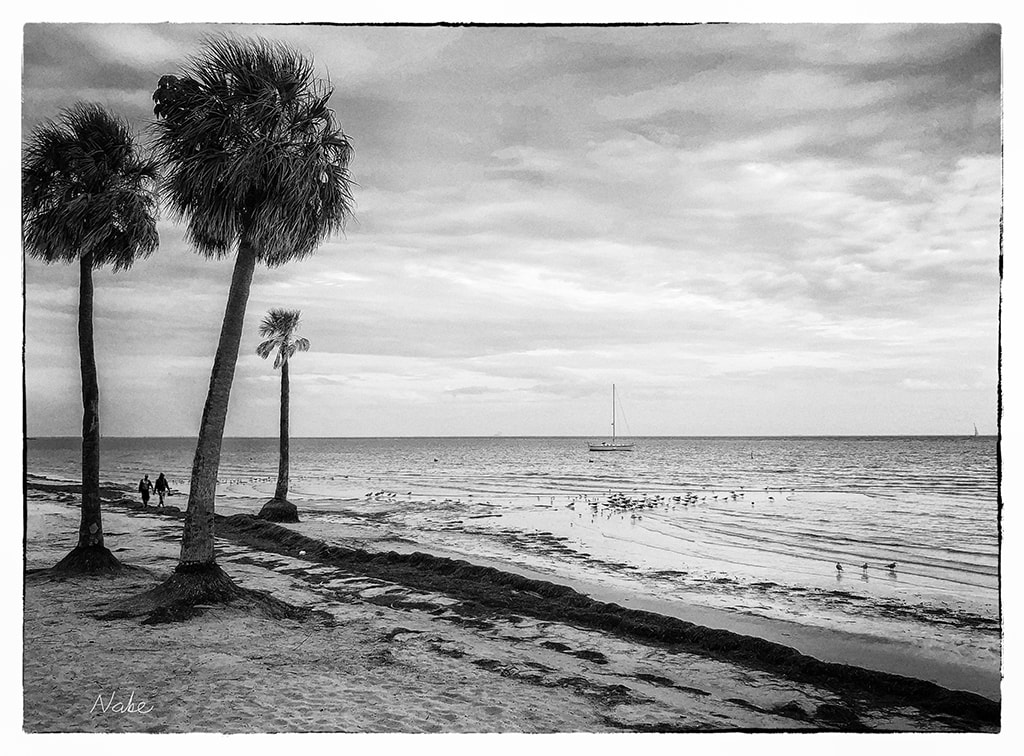

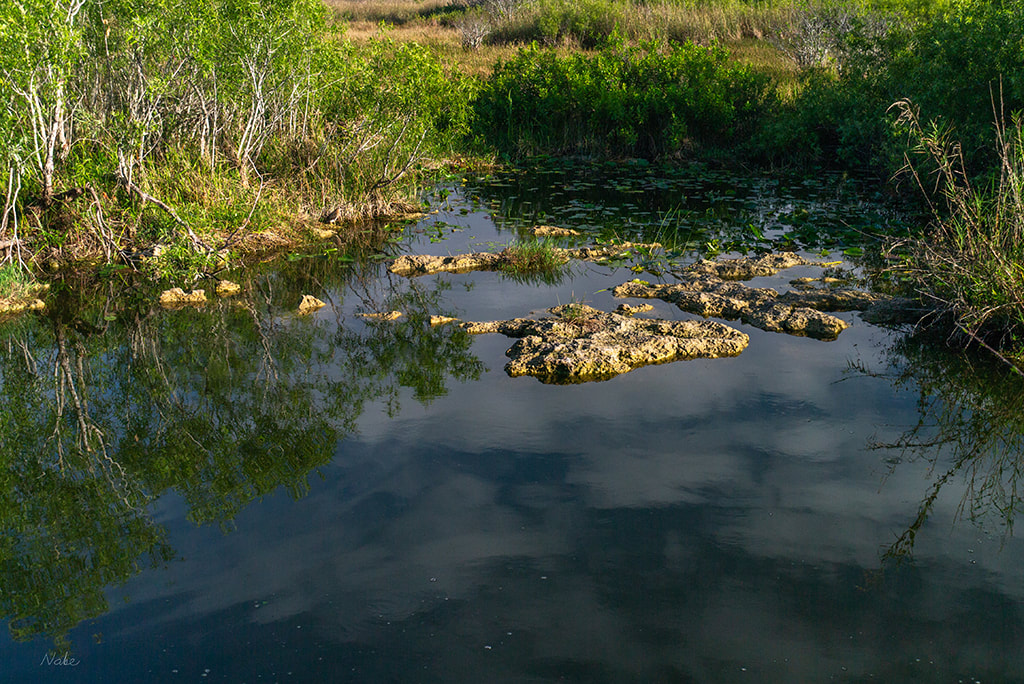
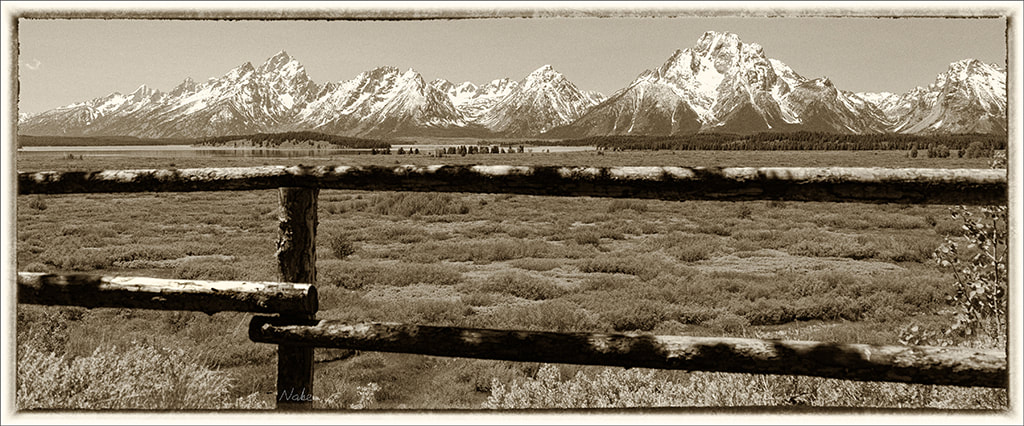


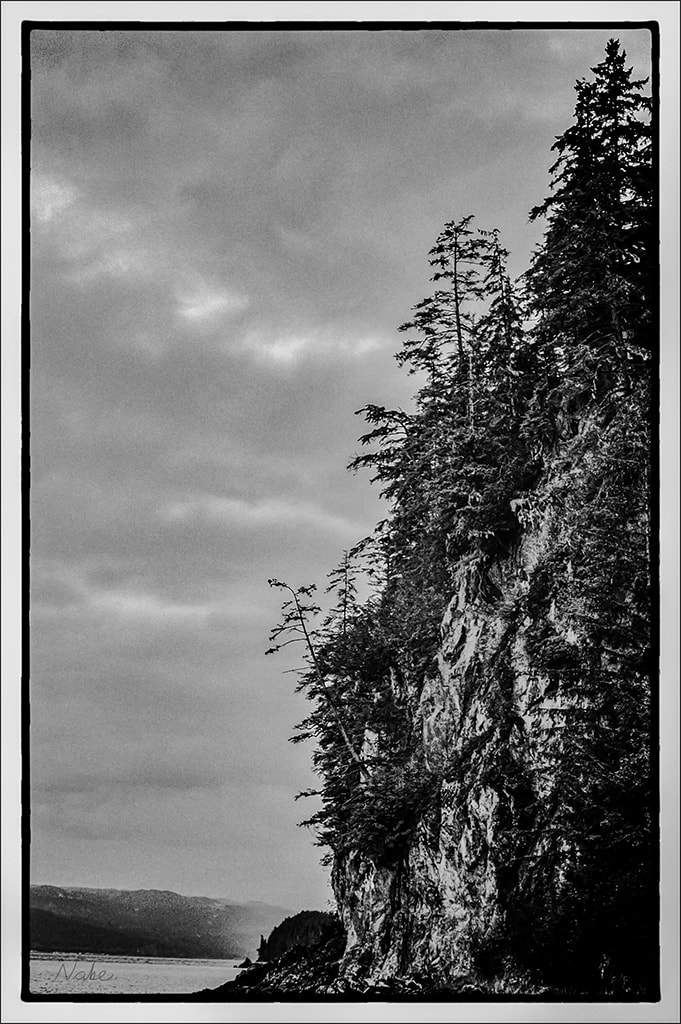
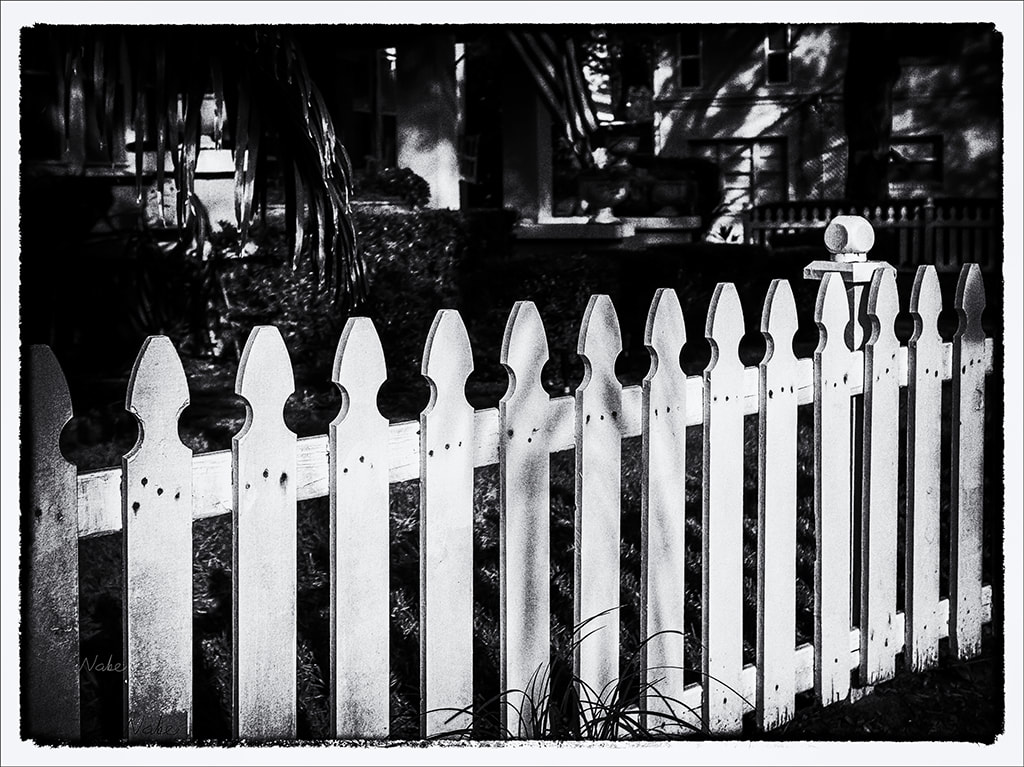
 RSS Feed
RSS Feed